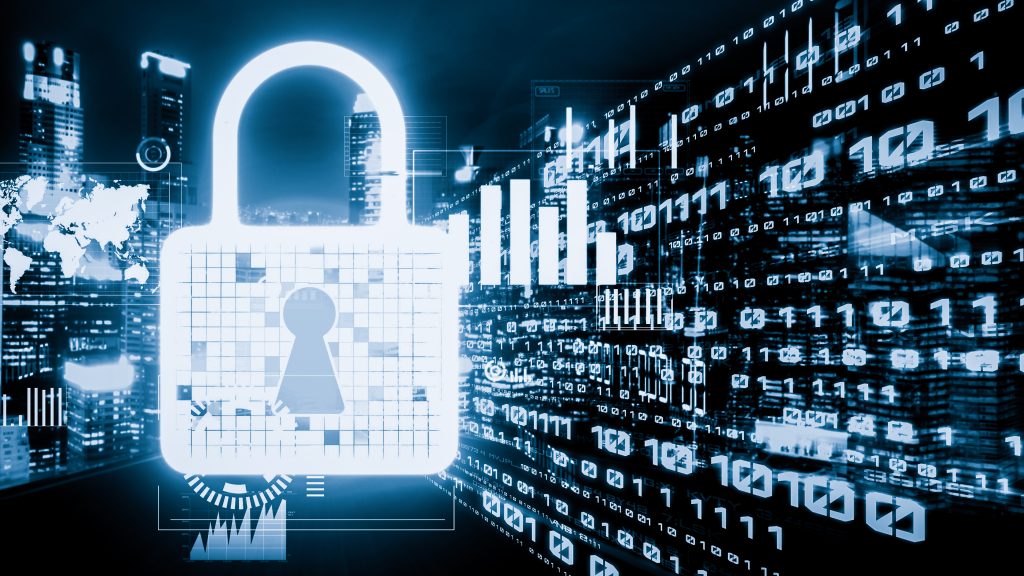
1. Introduction
1.1. Why Data Privacy Matters in Software Development ?
If you’re diving into the world of software development, you must consider users’ data protection. Ignorance isn’t bliss in this case – it can lead to serious financial repercussions and lasting reputational damage.
1.2. Facing the Consequences
Remember, giants like Google and Facebook weren’t exempt from penalties during the initial 20 months of GDPR enforcement. So, it’s not just about developing a brilliant app; it’s about doing it responsibly.
1.3. The Journey of Data Privacy Regulations
Data privacy regulations, starting with the 1950 European Convention on Human Rights, have evolved drastically. The advent of GDPR in 2016 led to a series of similar regulations across countries, including the LGPD in Brazil, passed in 2018.
When developing software, keeping up with these laws is crucial. One shouldn’t consider it a hurdle, but a necessity.
- Know your regulations: If your software serves a diverse geographic audience, it’s essential to understand the specific laws in those regions.
- Understand the implications: These regulations shape your software development process, hence, understanding them well will help you create a more secure and trustworthy product.
- Stay updated: Data privacy laws are ever-evolving, and keeping oneself updated prevents any mishaps or non-compliance.
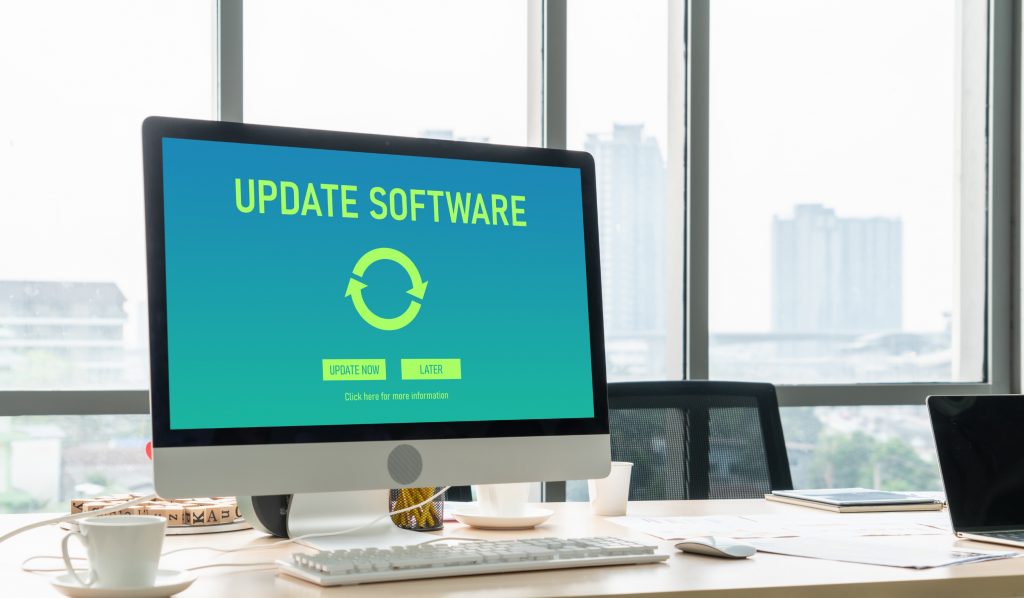
So, let’s roll up our sleeves, and delve into key regulations that govern data privacy, such as the GDPR and LGPD, in the coming sections. A secure, trustworthy software product awaits!
2. Understanding the GDPR
As a software developer or software house, understanding the General Data Protection Regulation (GDPR) is a critical aspect of your work. It’s not just an EU law; its implications beside across borders, affecting anyone who handles personal data of EU citizens.
GDPR, which came into force in 2016, is a result of long-standing data protection efforts dating back to the 1950 European Convention on Human Rights. This law represents an enhanced version of the data protection directive of 1995, with stricter provisions and heftier penalties for non-compliance.
With GDPR, the definition of personal data is quite comprehensive. It includes any information that can be used to identify an individual directly or indirectly. This could be anything from a name, a photo, an email address, bank details, posts on social networking websites, medical information, or a computer IP address.
But that’s not all! GDPR also covers the rights of the data subject – the individual whose data is being collected. It’s vital to understand these rights as they directly influence how you should design and develop your software.
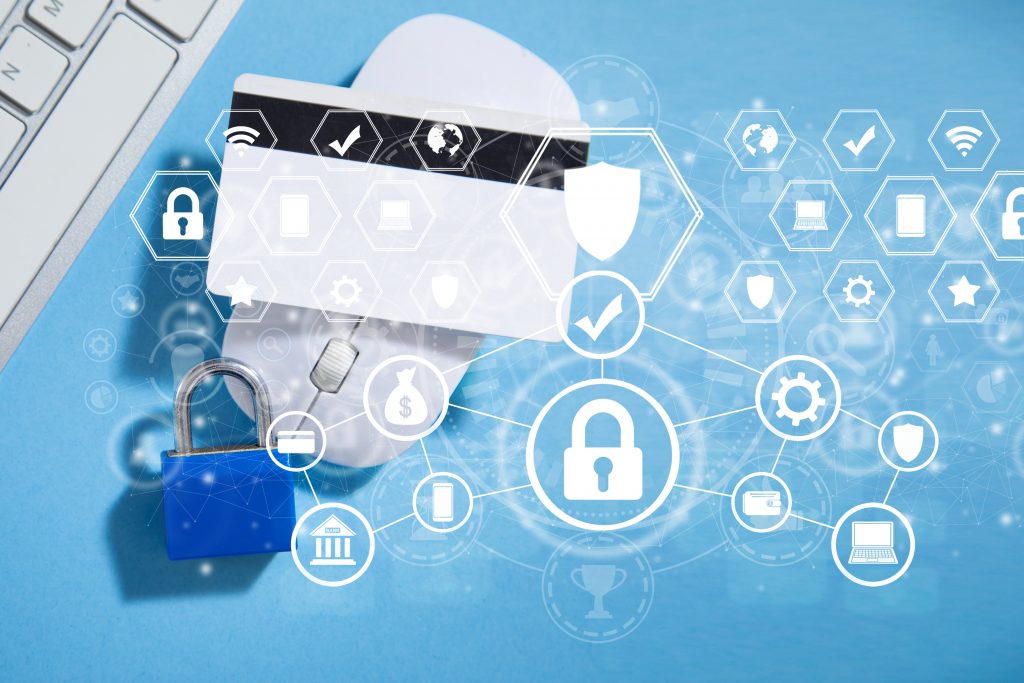
In terms of legal aspects, GDPR lays out legal justifications for processing personal data in Article 6. This includes specific consent, contract execution, legal obligations, and even saving someone’s life. Also noted are public interest tasks and legitimate interests as lawful grounds.
Figuring out your path to GDPR compliance may seem like a daunting task. But with a step-by-step approach and a clear understanding of the regulation, it’s certainly achievable. And actually, it’s a must!
In some parts of the world like Brazil, similar regulations like the General Data Protection Law (LGPD) have also been adopted. Initiated in 2018 and effective from February 2020, LGPD mirrors many aspects of GDPR, showing how data privacy has become a global concern.
Before you embark on that new software project, remember to align your designs and data handling practices with GDPR and other data privacy regulations applicable to your scenario. Not only will it keep you on the right side of the law, but it will also foster trust with your users knowing their data is well protected.
3. Key Definitions
3.1. Data Privacy in Software Development
As we venture further into the digital era, data privacy has become a crucial concern that can’t be ignored when developing new software applications. It’s all about ensuring the protection of user data—which includes personal and pseudonymized data—from unauthorized access and processing.

3.2. Personal Data and Pseudonymized Data
When we speak of ‘personal data’, we’re referring to any information that can identify a person directly or indirectly. This may encompass names, email addresses, phone numbers, location data, and even online identifiers or behavioral data.
On the other hand, pseudonymized data are records where identifying variables have been replaced, making it more difficult (but not impossible) to trace back to an individua. This acts as a precautionary measure to keep user identity obscured and secure, even if the data was to be compromised.
3.3. Data Processing
The term ‘data processing’ is widely used to describe just about anything one can do with data, including altering, erasing, storing, and transmitting it. It’s crucial to note, however, that illegal data processing can infringe upon one’s right to privacy.
3.4. Legal Justifications for Data Processing
Article 6 of the GDPR outlines specific circumstances where data processing can be justified – which could be due to explicit consent, the execution of a contract, legal obligations, public-interest tasks, legitimate interests, and even to save somebody’s life. It’s absolutely critical to keep these justifications in mind while developing new software, to ensure the legality of data processing.
3.5. Putting Focus on Privacy and Security
The importance of data privacy and security can’t be stressed enough. When developing new software, it becomes especially crucial to consider and incorporate data protection in the design and various activities. Falling short could mean a breach of privacy, regulatory penalties, and serious damage to your business reputation.

3.6. Data Processing Agreements
When dealing with third parties for data processing, always make sure you have Data Processing Agreement contracts in place. These are legal contracts that outline the terms and conditions with respect to the privacy, protection, and processing of personal data.
3.7. Implementing Data Protection Principles
Lastly, make it a point to implement data protection principles organization-wide. They should be embedded into all standard operating procedures, from decision-making processes to the actual development and testing of software.
4. Decoding GDPR’s Seven Principles
To navigate GDPR compliance in software development, let’s break down the key principles into easy-to-understand terms:
4.1. Lawfulness, Fairness, and Transparency
This cornerstone principle encapsulates three things:
- Lawfulness: Enforces lawful data processing.
- Fairness: Demands fair treatment of users, meaning clear communication on data usage and prevention of unjust harm.
- Transparency: Stresses the need for clarity about how and why data processing occurs.
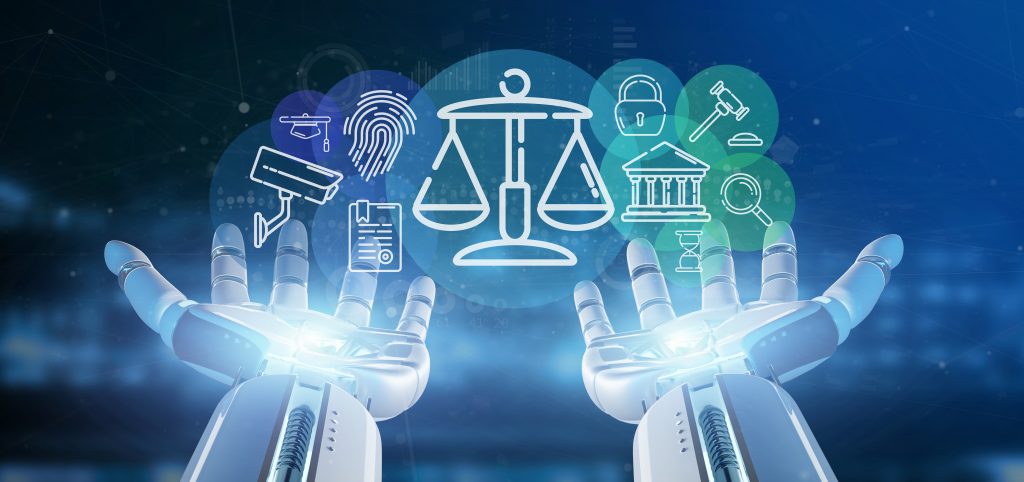
4.2. Purpose Limitation
This principle emphasizes that:
- Only data relevant to clearly defined purposes should be collected.
- Data shouldn’t be repurposed without user consent.
4.3. Data Minimization
Following this principle means:
- Collect only what’s necessary – a “less is more” approach.
- Excess data can increase risk, complicate management and should be avoided.
4.4. Accuracy
Adhering to accuracy demands the following:
- Ensuring data correctness and up-to-dateness.
- Permitting user-friendly ways of updating information.
4.5. Storage Limitation
It’s important to remember two things to implement this principle effectively:
- Store data only for the duration necessary for the collected purpose.
- Upon serving its purpose, either delete the data or anonymize it for future use.
4.6. Integrity and Confidentiality
This principle is concerned with:
- Secure user data using adequate measures.
- Instilling a culture of privacy within your organization.
4.7. Accountability
Promoting accountability means:
- Documenting your data processing activities.
- Maintaining readiness to defend your practices and prove regulatory compliance.
Remember, consistently aligning with these guiding principles in software development will assure your users their data is safe and handled responsibly, while keeping you compliant.
5. Embarking on GDPR-Compliant Software Development
You’re all set with the fundamentals of GDPR. Now, let’s dive into how to embed these principles within the software development process. Remember, it’s crucial to view GDPR compliance not merely as a formality, but as an ethical duty; a promise of privacy and data security to your users.
Step-by-Step Guide to Integrating GDPR Principles
Follow these steps to weave GDPR principles into each stage of your software development:
Step 1. Initiate with a Data Protection Impact Assessment (DPIA)
Identify the potential effects your software might have on data privacy right from the start. An early DPIA will help highlight and address risks, aiding in avoiding future violations and financial penalties.

Step 2. Instill ‘Data Protection By Design and Default’
Embed data security and privacy within your software from the get-go. Make these elements an inbuilt feature, not an appendage added later.
Step 3. Apply Data Minimization Principle
- Collect data that’s strictly necessary.
- Avoid storing excessive, unnecessary information.
Step 4. Ensure Secure Data Storage
Create a highly secure destination for stored data. Apply encryption for sensitive information and restrict access to authorized personnel. Regular security audits are recommended to uncover and address any vulnerabilities.
Step 5. Emphasize Transparency and User Control
Be open about your data collection, storage, and processing methods. In addition, grant users control over their information – including the power to access, edit, and delete their data.
Step 6. Formulate a Sound Breach Response Strategy
Even with the best precautions, breaches may occur. Having a well-planned response strategy can help control the situation and reduce subsequent harm.
Step 7. Keep Your Privacy Policy Updated
Ensure your privacy policy is current and easily understandable. Educate your users on their rights, and guide them on executing those rights.
Observe these steps closely and embed integrity into every stage of your software development. Not only will this make your software GDPR-compliant, but it will also pave the way for a privacy-focused, user-friendly application. In the upcoming section, we’ll delve into real-life examples of such GDPR-compliant software. Keep reading!
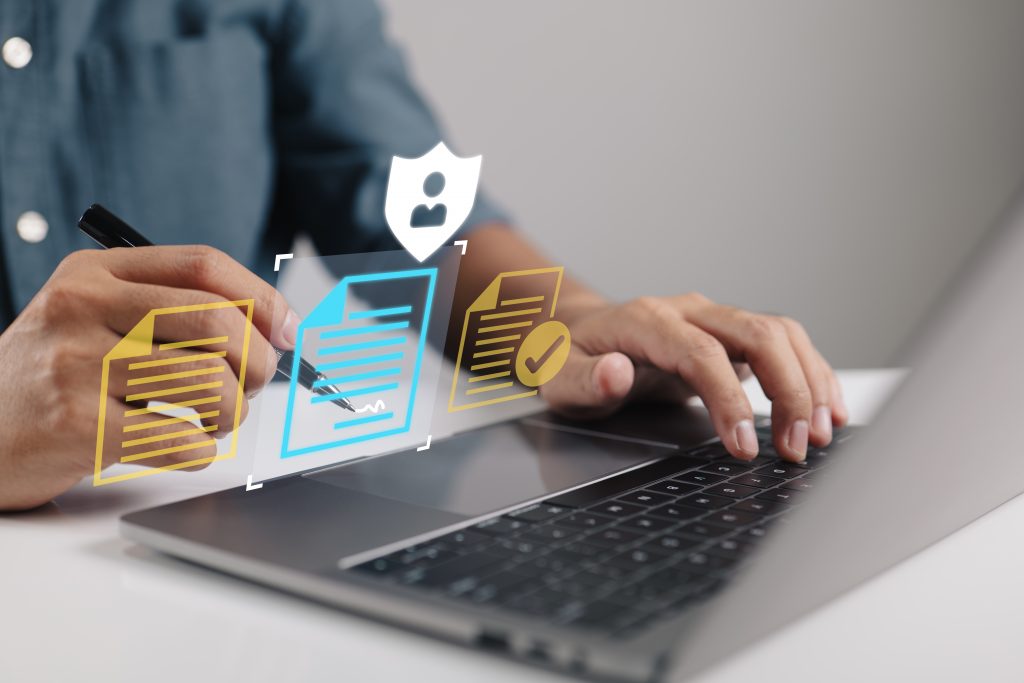
6. Spotlight on GDPR-Compliant Software Examples
Every developer seeking GDPR-compliance while creating new software could benefit from some real-world inspiration. The Attendance Radar App showcases how GDPR principles can be successfully embedded throughout a software lifecycle. Take a look!
6.1. The Attendance Radar App: A Star Performer
The Attendance Radar app, designed to track employee attendance, embodies GDPR-compliance at its best. From ‘Data Minimization’ to ‘Accountability’, this app covers all bases. Here’s a deeper look:
- Data Minimization: Only essential data needed for the application to perform its functions is collected.
- Security Measures: Robust controls are in place to avert unauthorized data access, upholding the ‘Integrity and Confidentiality’ GDPR principle.
- User Transparency: The company is clear with users about their data use practices with a comprehensive privacy notice, hence promoting ‘Transparency’.
- Accountability: They’ve consistently aligned with GDPR principles in their software, preserving ‘Accountability’.
6.2. Ademco: Pioneers in GDPR-compliant Security Solutions
Ademco, a leading security solutions provider, advances GDPR compliance by placing data privacy and security at the core. They achieve GDPR-compliance by embedding it in their software, as illustrated:
- Data Minimization: Only crucial user data is collected at registration after obtaining explicit consent.
- Data Protection: Acquired data is segmented and encrypted to prevent unauthorized access.
- Data Subject’s Rights: Software features facilitate implementation of user data requests, from access to rectification or deletion.
- Privacy by Design: Strategic inclusion of advanced encryption and multilayered access controls offer extra layers of security.
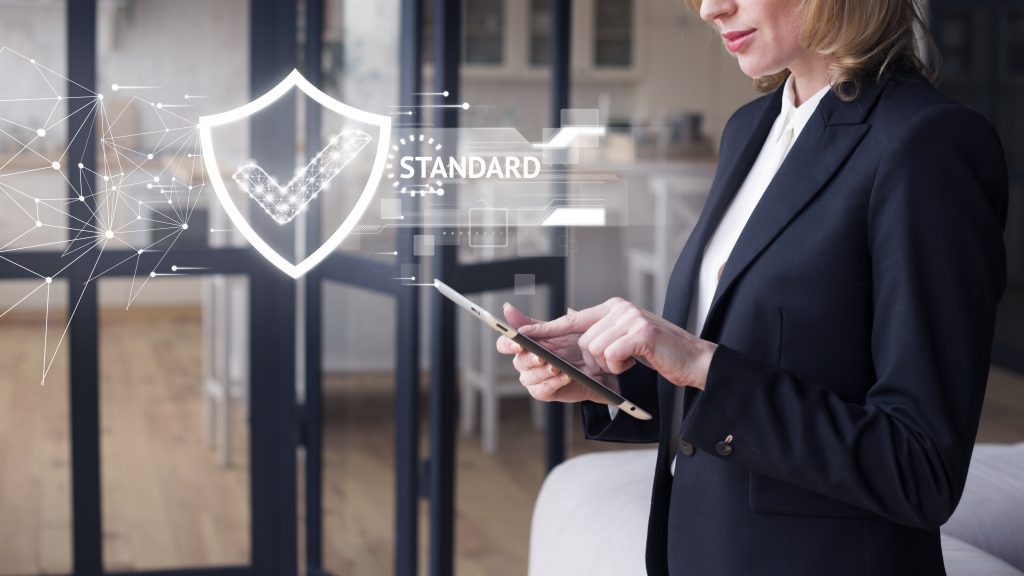
Ademco’s strategies highlight that GDPR compliance can enhance business operations while prioritizing end-user needs. A notable example for those seeking to seamlessly integrate data privacy and security in every phase of software development.
7. The Importance of Data Privacy Regulations Beyond the GDPR
While the GDPR is a dominant force in data privacy regulations, it’s crucial to not let its importance overshadow other standard rules in existence. The rule of thumb is to always consider the origin or residence of your software users. They might be under a distinct set of data laws, which your software should comply with.
7.1. Understanding the LGPD (Brazil)
For instance, if you have customers in Brazil, you must comply with the General Data Protection Law (LGPD), passed in 2018 and effective from February 2020. Though there are similar aspects between LGPD and GDPR, there remain vital differences.
Just like GDPR, LGPD was established to extend individuals’ rights related to the collection and use of their data. However, LGPD is more specific than GDPR in declaring individual rights and the legal requirements for organizations. It’s pivotal to understand these differences and apply the necessary adjustments for your software when dealing with the Brazilian market.
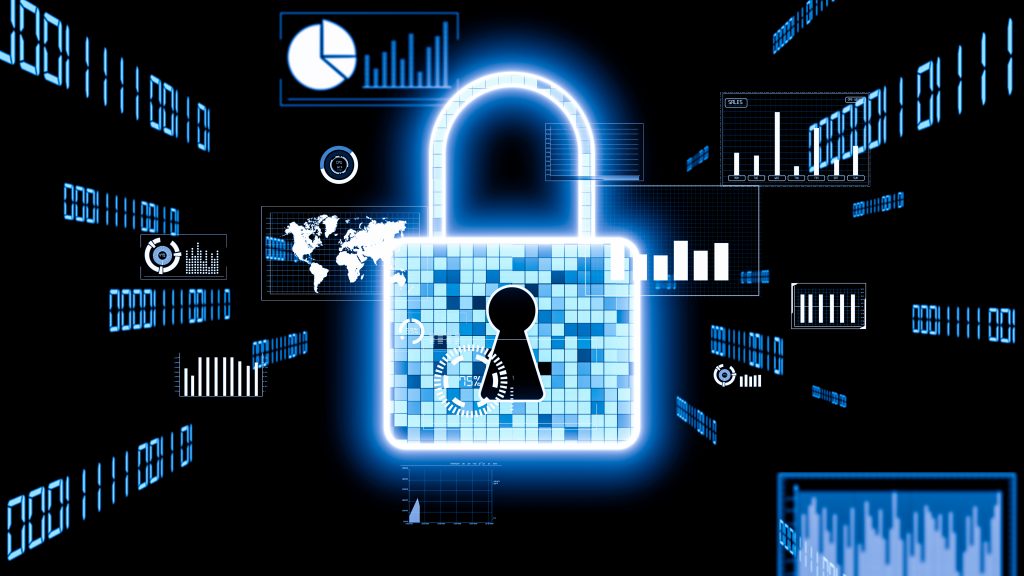
7.2. Adapting to Local Regulations
Our world is becoming increasingly digitized and integrated, yet data privacy laws are distinct across different regions. These laws reflect each region’s unique socio-cultural understanding of privacy. Hence, when developing software, ensure that you are well-versed and up-to-date with your targeted user geolocation’s data privacy regulations. It’s not enough to merely consider GDPR; local regulations where users are based should be taken into account.
7.3. The Takeaway
To sum up, the understanding and incorporation of data privacy laws like GDPR or LGPD into software development is not only about compliance. It’s also about acknowledging and respecting your users’ rights and expectations when it comes to their personal data. Adopting such an approach will make your software more user-centric, trustworthy, and law-abiding, leading to a better overall user experience.
Frequently Asked Questions
The General Data Protection Regulation (GDPR) is a regulation enforced by the EU which took effect on May 25, 2018. This regulation mandates that all organizations have to implement certain technical and organizational security measures to ensure the privacy and protection of user data, with heavy fines for violations.
Under GDPR, the legal justification for data processing could be the user’s explicit consent, necessity for the performance of a contract, compliance with legal obligations, protection of vital interests, performance of tasks in public interest, and legitimate interests of the data controller or third party.
This means placing an emphasis on the protection of user data. Organizations are required to employ the principles of data minimization, purpose limitation, accuracy, and storage limitation, to ensure the integrity and confidentiality of data. They should also be accountable for these protections.
Several steps are essential to developing GDPR-compliant software. These include initiating with a Data Protection Impact Assessment, instilling ‘Data Protection By Design and Default’, applying the data minimization principle, ensuring secure data storage, emphasizing transparency and user control, formulating a sound breach response strategy, and keeping the privacy policy updated.
Yes, many countries have implemented their own data privacy regulations, often inspired by the GDPR. An example of this is Brazil’s Lei Geral de Proteção de Dados (LGPD). It’s important for businesses to adapt to these local regulations, wherever they operate.
References and Resources
Here is a list of all the source materials that have been instrumental in guiding our research and understanding:


